1. Native Americans Invented the First Democracy in the Americas
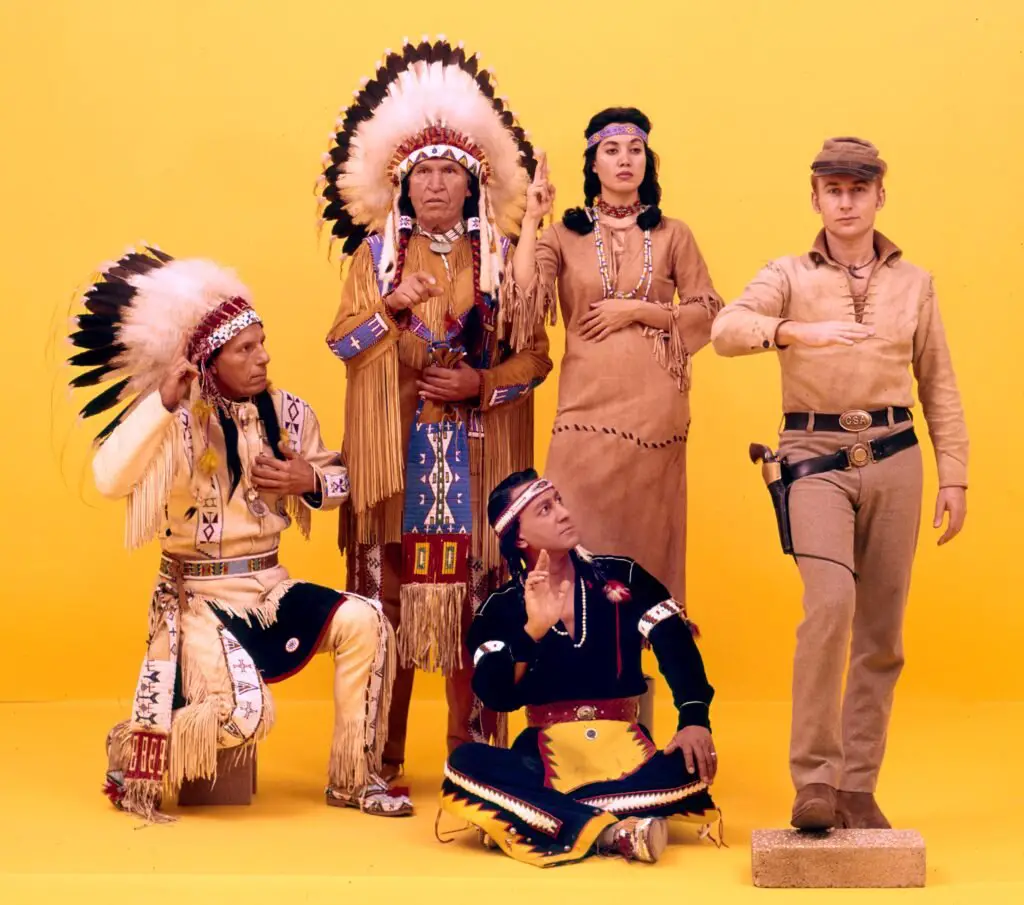
Long before the United States adopted democratic principles, the Iroquois Confederacy, or Haudenosaunee, created the Great Law of Peace. This system united five, and later six, Native nations under a democratic alliance. Their governance influenced the U.S. Constitution, yet Native contributions to American democracy often go unmentioned.
2. There Are Over 570 Federally Recognized Tribes Today

Native American culture isn’t monolithic. Across the U.S., there are 574 federally recognized tribes, each with its unique language, traditions, and ways of life. Some tribes have lived in the same regions for centuries, while others were displaced multiple times by colonization and government policies.
3. Native People Have Always Had Advanced Agricultural Practices
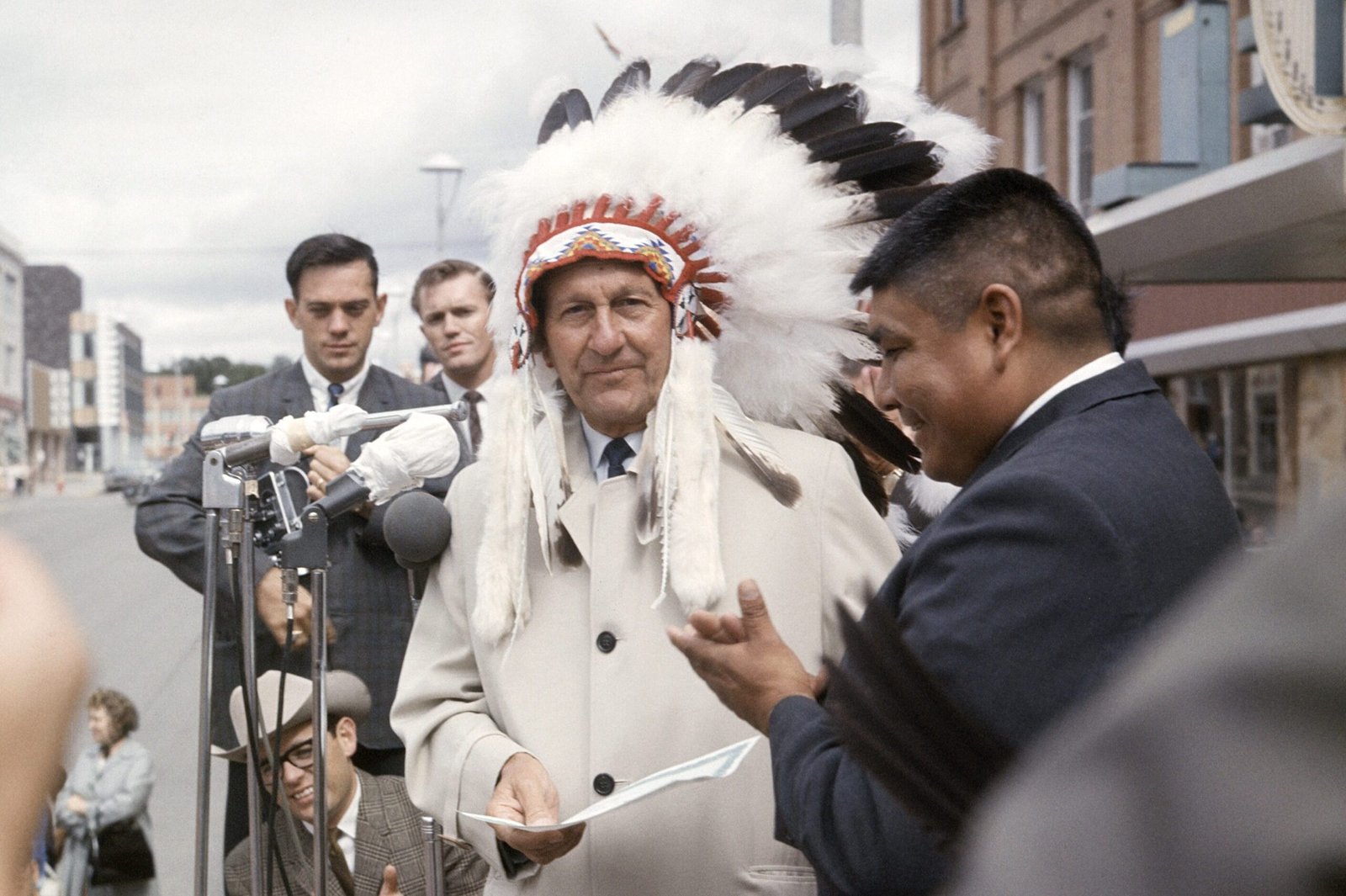
Native Americans developed sophisticated agricultural techniques, cultivating crops like corn, beans, and squash together in what’s known as the “Three Sisters” planting method. This practice kept the soil fertile and produced abundant harvests without modern technology.
4. The First “Thanksgiving” Story Is Complex and Often Misrepresented
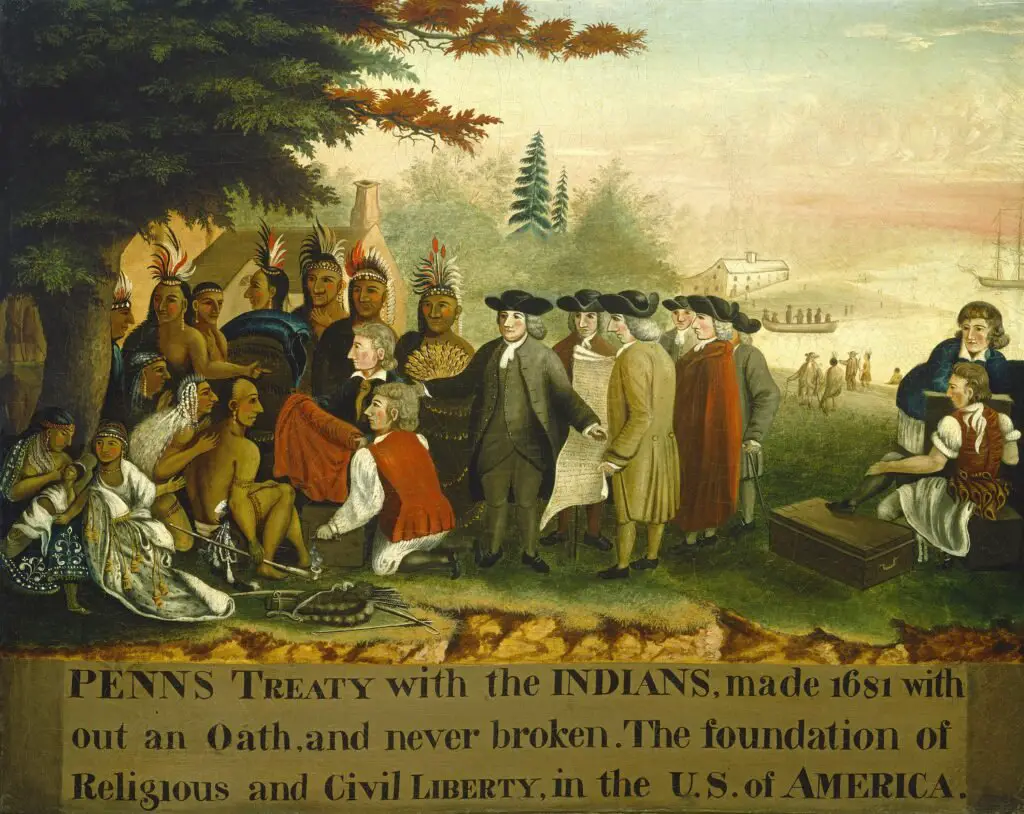
While we’re taught that the Pilgrims and Native Americans shared a peaceful feast, the reality is more nuanced. Early Native-European encounters were complex, and relationships varied widely. The holiday we know today doesn’t fully capture the hardships or resilience of Native communities in that era.
5. Many U.S. Place Names Have Native American Origins
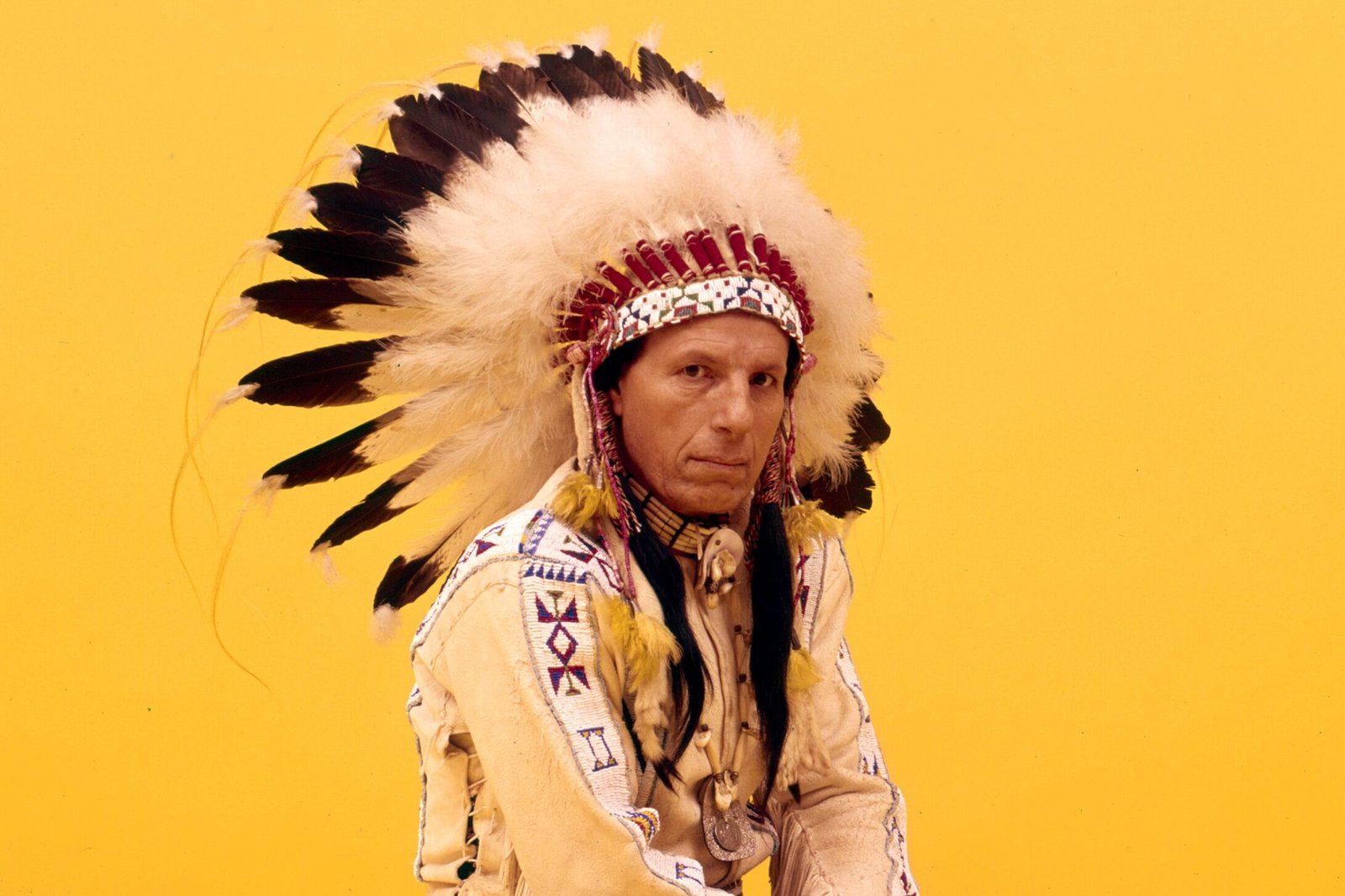
Words like “Mississippi,” “Chicago,” and “Oklahoma” have Native American roots, originating from languages spoken by the tribes who first inhabited these areas. Place names across the country honor Native heritage, even if we don’t always recognize their origins.
6. Native Americans Practiced Conservation Long Before It Was a Trend
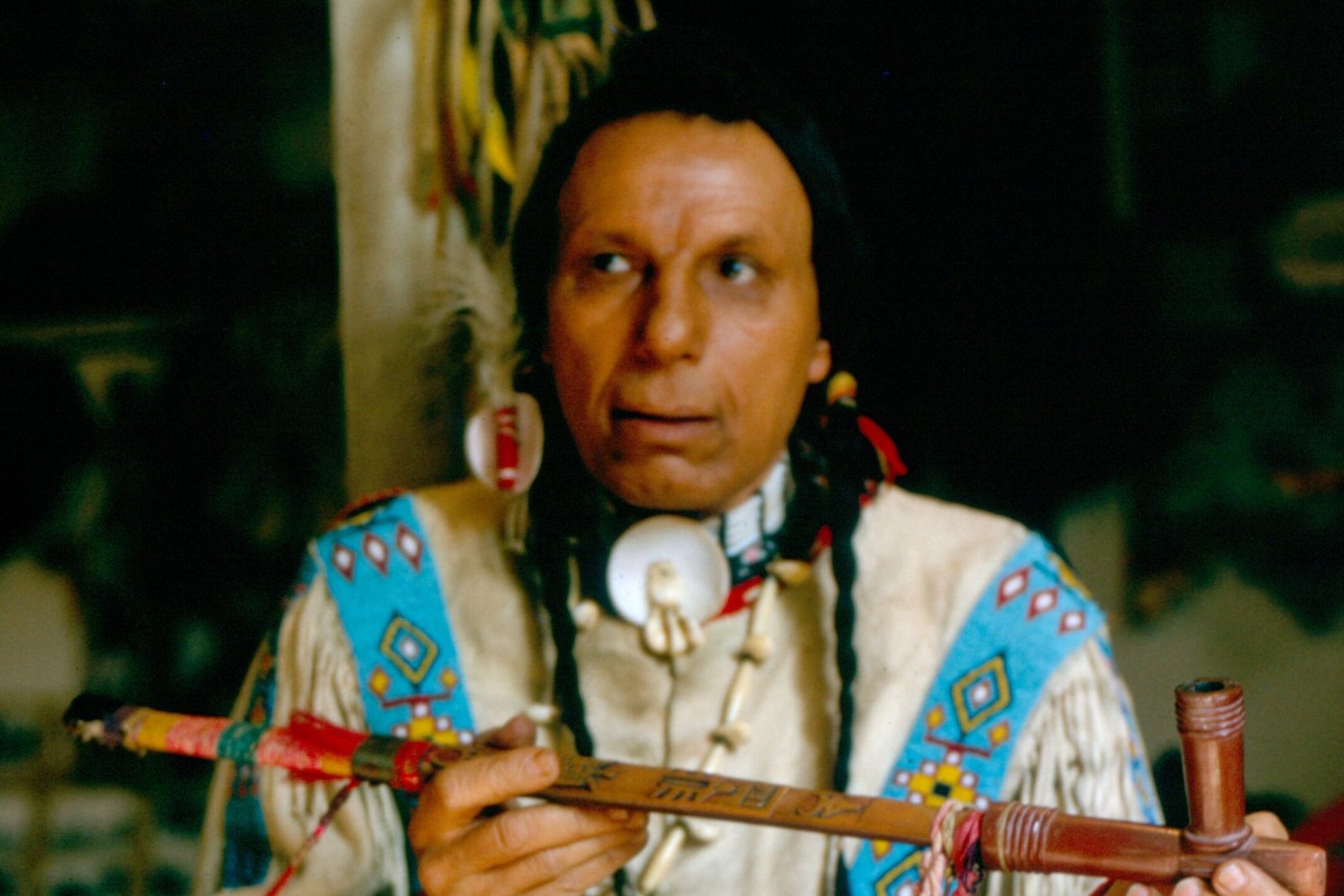
Native philosophies often emphasize the interconnectedness of all living things and the need to respect the land. Many Indigenous communities practiced sustainable hunting, fishing, and land management. This conservation mindset is now being recognized for its environmental wisdom.
7. Boarding Schools Were Meant to “Kill the Indian, Save the Man”
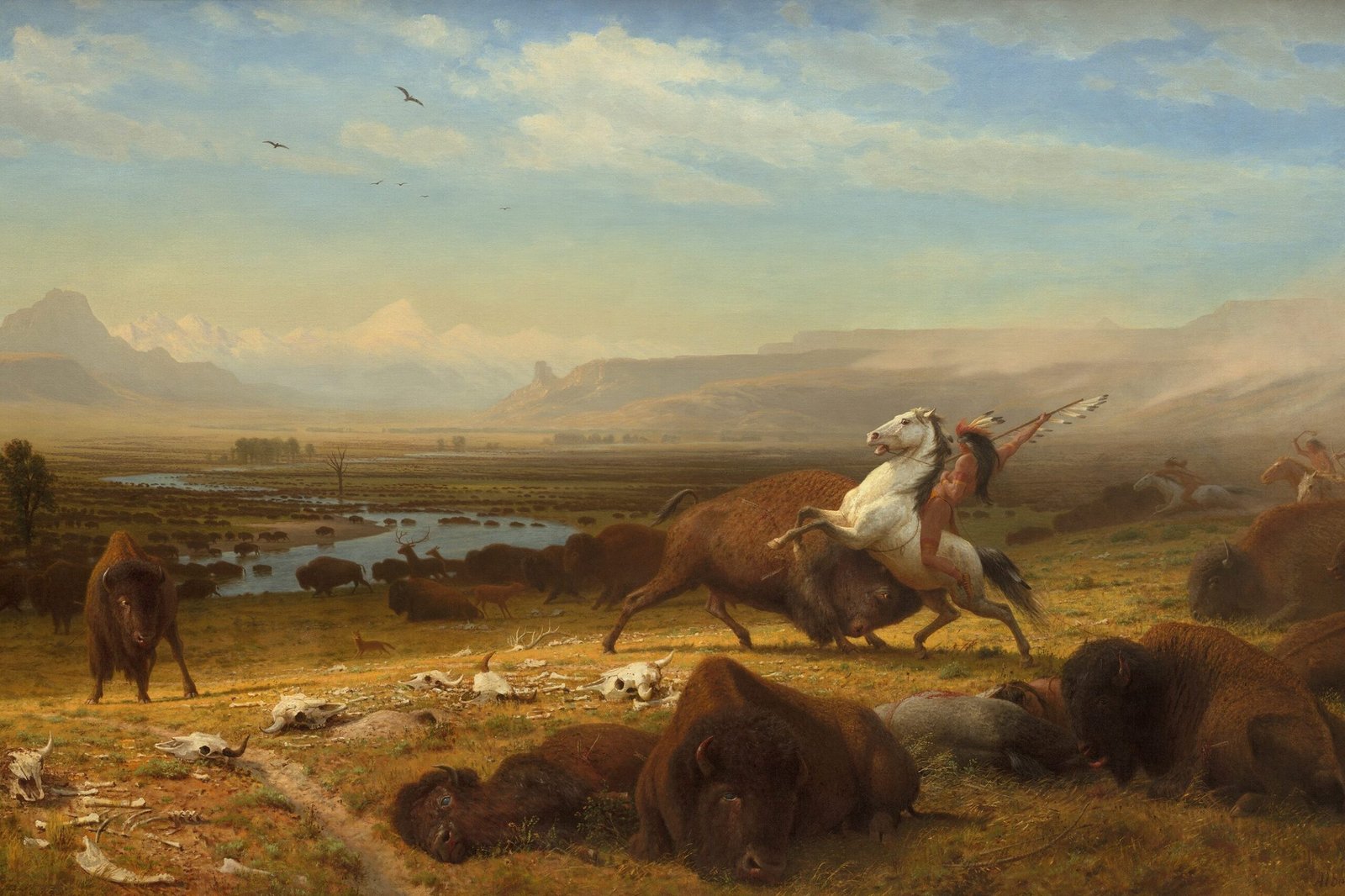
Starting in the late 1800s, thousands of Native children were taken from their families and placed in boarding schools. These institutions sought to “assimilate” children by erasing their language and culture. Survivors and their descendants continue to share the impacts of these traumatic experiences today.
8. Native Americans Are Not Vanished or Part of the Past
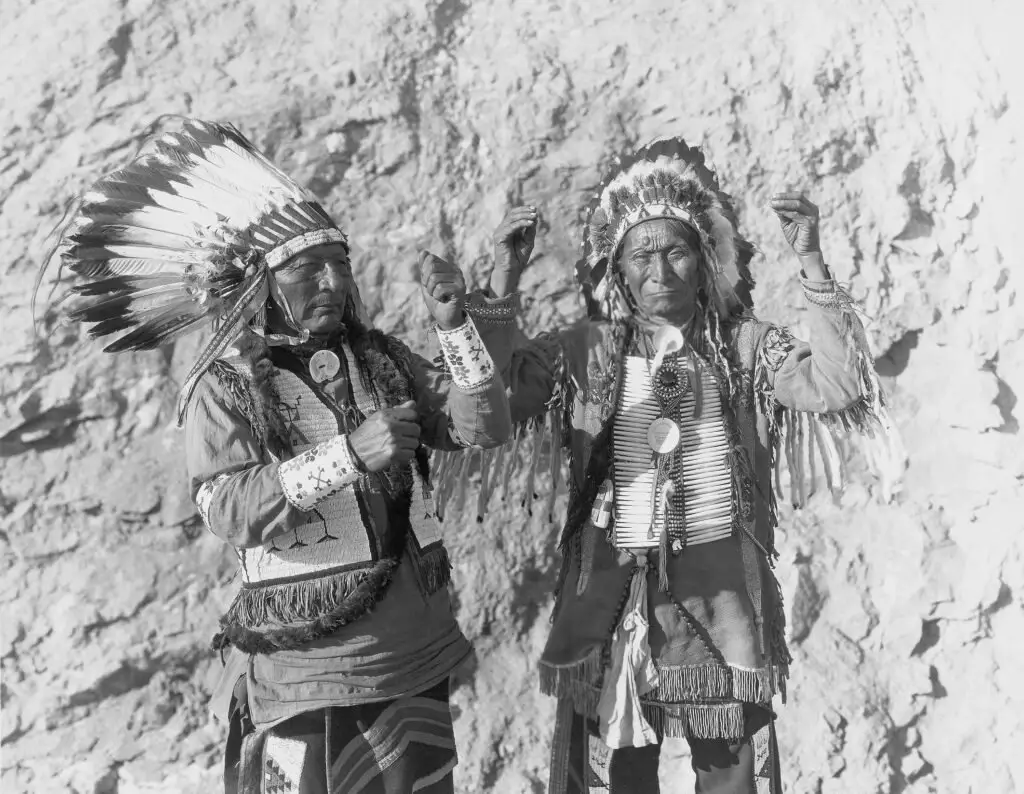
It’s a common misconception that Native American cultures only exist in history books. Native communities are vibrant, with cultural practices that have adapted and thrived through centuries. From art to activism, Native Americans are a dynamic part of contemporary society.
9. The Navajo Code Talkers Played a Key Role in WWII
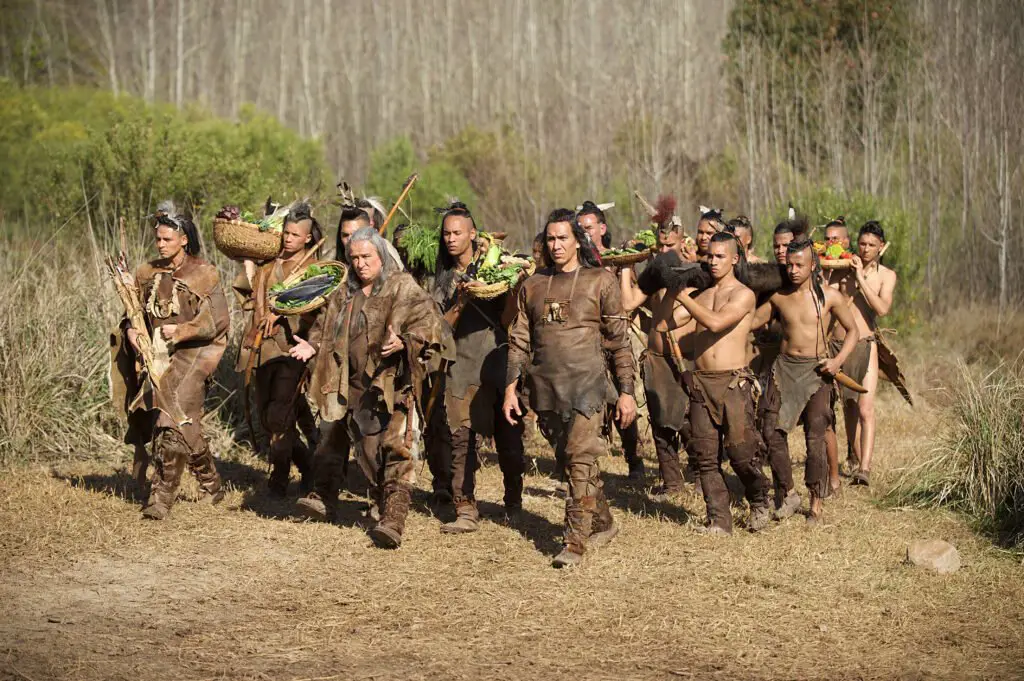
During World War II, the U.S. military recruited Navajo speakers to develop an unbreakable code based on the Navajo language. These “Code Talkers” were instrumental in secure communications and helped the U.S. win critical battles in the Pacific.
10. Native Americans Have Contributed to Modern Medicine
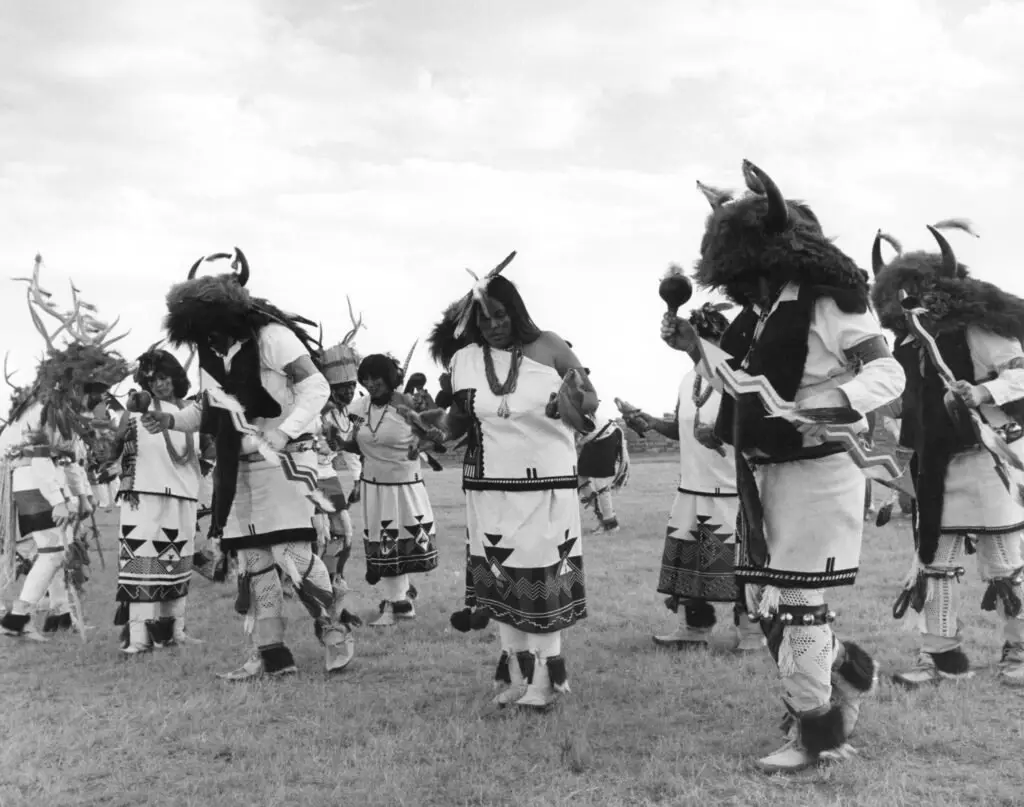
Native medicinal practices included the use of plants like echinacea, known for immune-boosting properties, and willow bark, which contains salicin, a natural pain reliever. Today’s pharmaceuticals owe a debt to Indigenous knowledge of the medicinal properties of plants.
11. Native Languages Are Diverse and Resilient
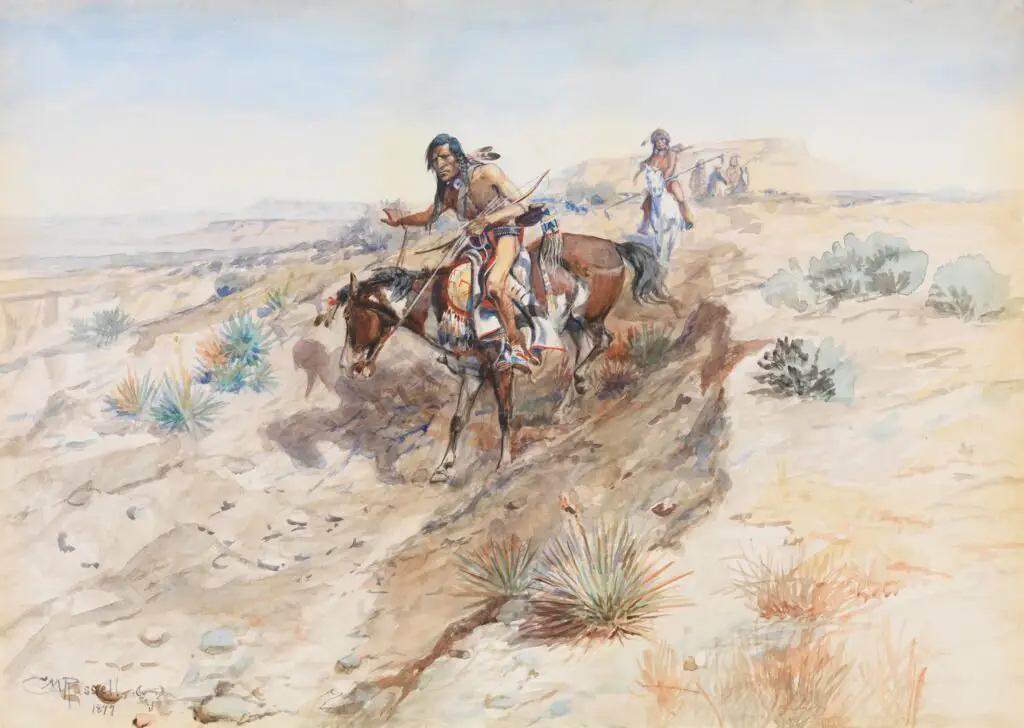
There are hundreds of Indigenous languages in North America, many of which are still spoken today. Efforts are underway to revitalize endangered languages through education programs, online resources, and language immersion schools.
12. Native American Artists Are World-Renowned
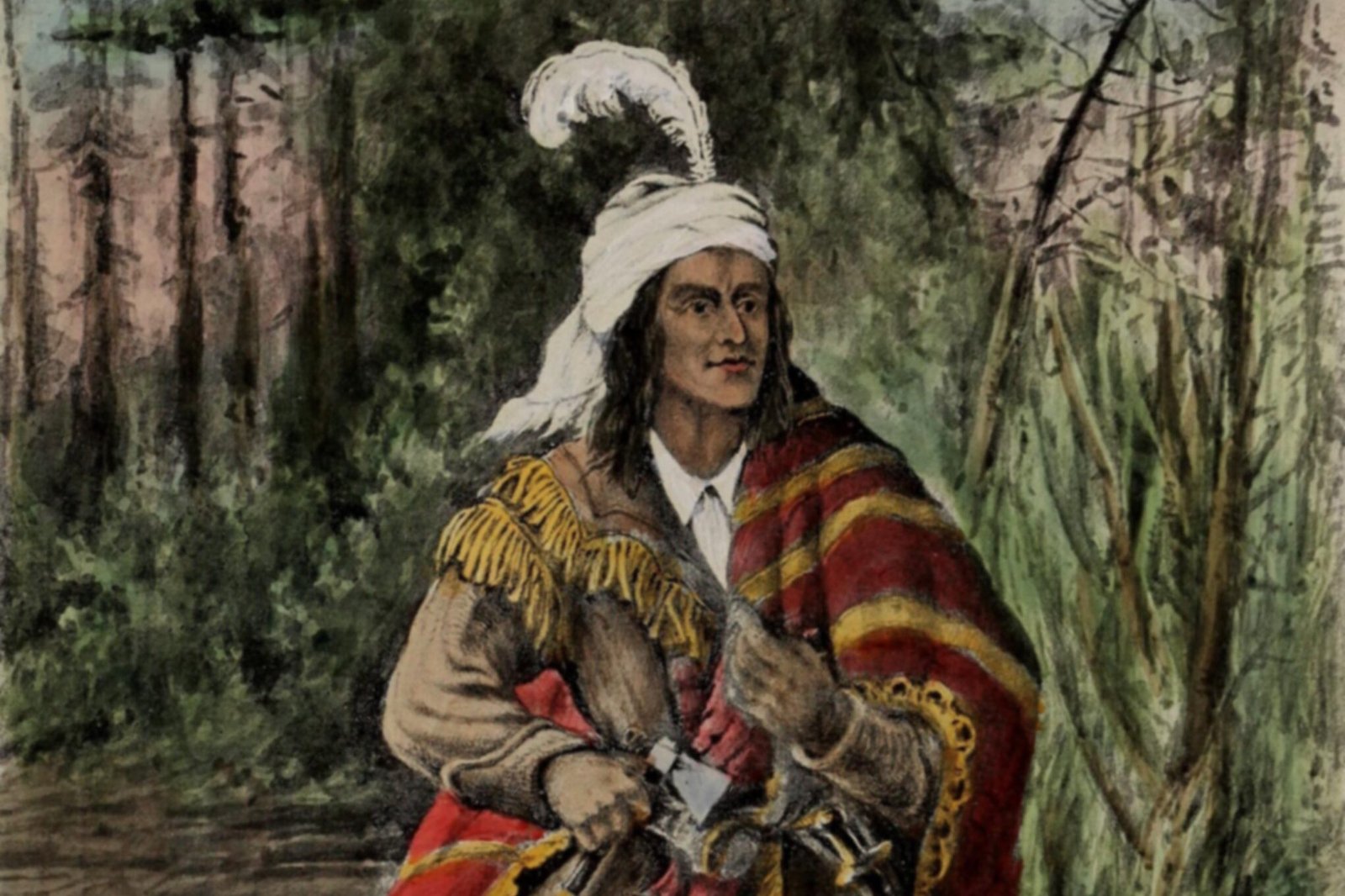
From intricate beadwork to powerful contemporary art, Native American artists have a unique voice in the art world. Modern Native artists like Jeffrey Gibson and Wendy Red Star are recognized globally, showing that Native art is not only traditional but also boldly modern.
13. Native People Have a Complex Relationship with the U.S. Government

For centuries, Native Americans have faced broken treaties, forced removals, and various policies that undermined their sovereignty. Today, many tribes exercise self-governance and work with state and federal governments to preserve their rights and manage their resources.
14. Native American Reservations Are Not Homogeneous
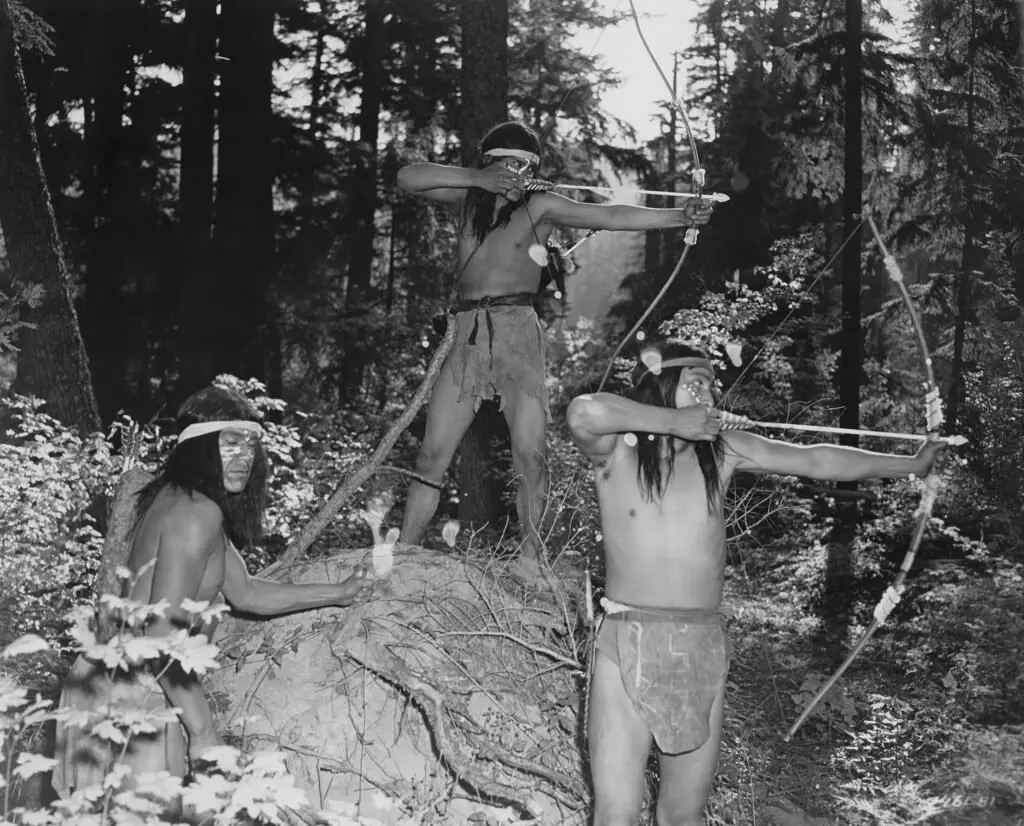
Conditions and resources vary widely from one reservation to another. While some reservations have successfully built economies through tourism or natural resources, others face challenges like limited infrastructure and high unemployment rates, reflecting the diverse realities of Native communities.
15. Native American Activism Continues to Shape Society

From the American Indian Movement in the 1960s to Standing Rock and the fight against pipeline projects, Native Americans have long fought for civil rights and environmental protection. Their activism raises awareness of broader social and environmental justice issues, continuing a legacy of resilience and advocacy.


